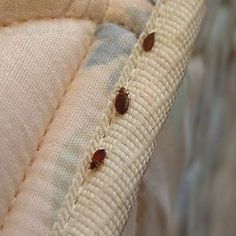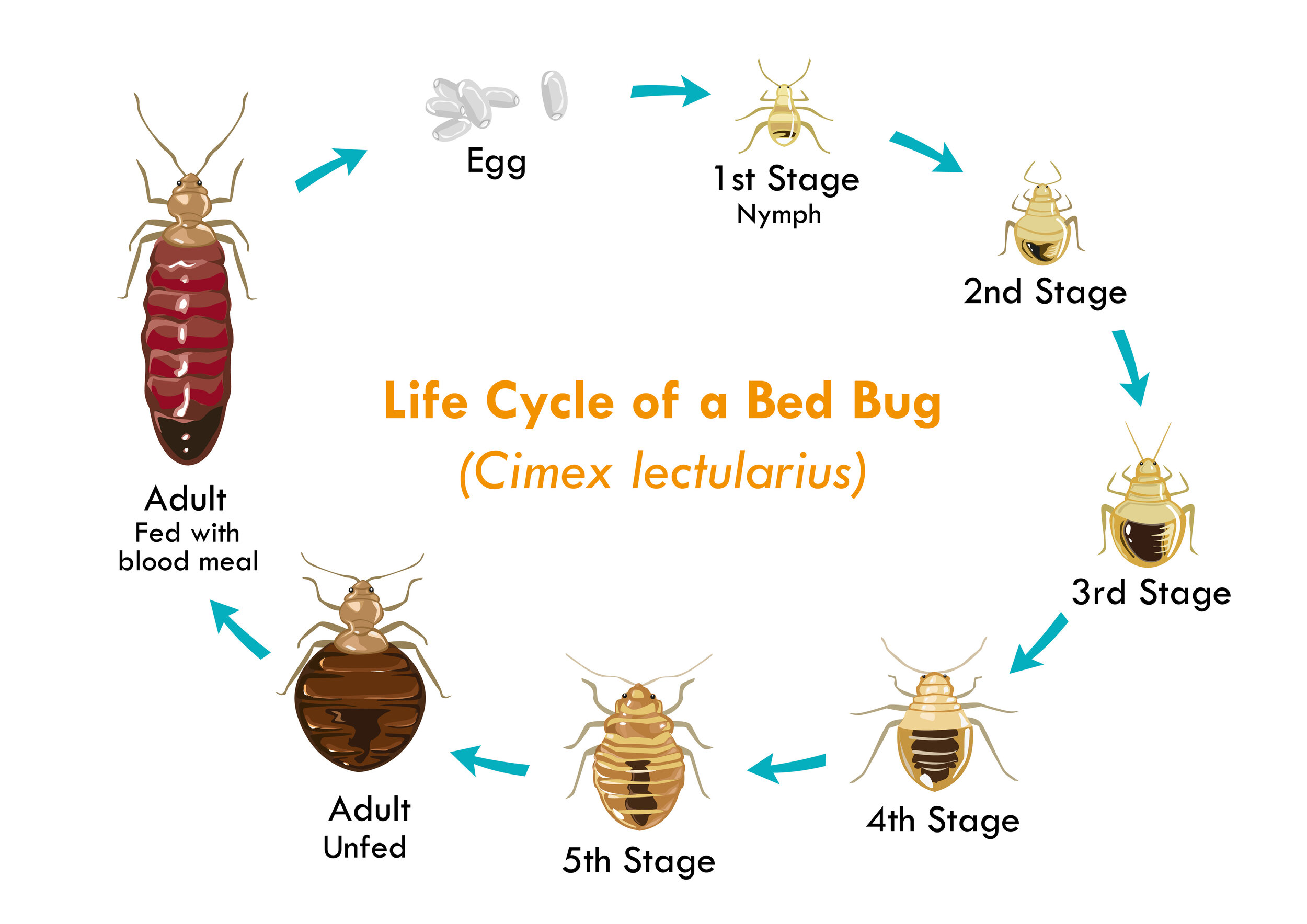A1 Bed Bug Extermination Houston: Professional Providers
A1 Bed Bug Extermination Houston: Professional Providers
Blog Article
Recognizing the Lifecycle of Insects for Targeted Control Techniques
Recognizing the lifecycle of bugs is a basic element of effective parasite administration strategies. Via a much deeper understanding of how parasites progress and grow, customized control approaches can be designed to address certain factors in their lifecycle, ultimately leading to even more successful parasite management outcomes.
Relevance of Understanding Bug Lifecycle
Comprehending the lifecycle of pests is crucial for establishing reliable and targeted control methods in bug monitoring. By understanding the various stages an insect goes with from egg to adult, parasite control professionals can identify at risk points in the lifecycle where intervention can be most effective.
Additionally, recognizing the certain ecological conditions required for each and every stage of the insect's lifecycle can guide choices on environment alteration or exclusion approaches to interrupt the lifecycle and lower pest populaces. This expertise allows pest administration professionals to apply positive steps instead of counting entirely on responsive treatments, bring about even more lasting and lasting parasite control services. Ultimately, a thorough understanding of pest lifecycles empowers parasite control experts to tailor their strategies properly, minimizing ecological effects and making best use of control outcomes.
Key Stages in Pest Development
To effectively execute targeted control strategies in parasite administration, a critical aspect lies in comprehensively recognizing and recognizing the crucial stages in insect development. Bug growth generally is composed of numerous vital stages that are crucial for their lifecycle and administration.

Susceptabilities in Parasite Lifecycle
Throughout the various stages of a pest's lifecycle, distinctive susceptabilities emerge that can be purposefully targeted for efficient control steps. One vital susceptability hinges on the egg stage, where parasites are frequently more prone to particular insecticides or organic control agents because of their soft outer shell, making them much easier targets for treatment. Additionally, the larval or nymph phase presents vulnerabilities as pests undergo rapid growth and advancement, needing high power consumption that can be made use of by interrupting their food sources or presenting growth preventions. Pupal phases, defined by immobility and improvement, provide a home window for targeted control with physical barriers or particular treatments that hinder successful appearance. Grown-up insects, while extra resistant due to their reproductive capability, can still be prone during breeding or egg-laying tasks, which can be disrupted through scent catches or sanitation strategies. Understanding these vulnerabilities in the parasite lifecycle is crucial for developing efficient and specific control strategies that efficiently take care of insect populaces while reducing environmental impact. try this website
Carrying Out Targeted Control Procedures

Executing targeted control actions typically entails a multi-faceted method. This may include habitat alteration to make the atmosphere much less congenial to pests, such as removing standing original site water for insect control or securing entry factors for rats. Furthermore, biological control techniques can be utilized, where natural predators or microorganisms are introduced to keep parasite populations in check.
Chemical control, such as the cautious application of chemicals, is another typical strategy. Nevertheless, it is important to utilize these materials sensibly to reduce ecological impact and prospective harm to non-target species. Integrated Bug Administration (IPM) methods that integrate various control measures in a worked with and lasting way are typically the most effective in achieving long-lasting pest administration objectives. By carrying out targeted control steps based on a thorough understanding of pest lifecycles, bug populaces can be efficiently controlled while decreasing risks to human health and the environment.
Improved Pest Monitoring Practices

In addition, the incorporation of organic control representatives, such as all-natural predators or pathogens of bugs, can help in reducing dependence on chemical pesticides and promote a much more well balanced ecological community. Carrying out physical barriers and catches can additionally become anchor part of improved bug administration techniques, using safe and targeted options for parasite control. Additionally, making use of scents and various other semiochemicals can interrupt pest mating patterns and communication, leading to reduced insect populations gradually.
Verdict
Finally, comprehending the lifecycle of pests is essential for reliable bug administration strategies. By recognizing key stages in insect growth and vulnerabilities in their lifecycle, targeted control steps can be implemented to minimize pest populaces. Improved parasite management practices can aid lower the reliance on broad-spectrum pesticides and advertise even more sustainable and eco-friendly pest control techniques. This expertise plays a crucial duty in maintaining healthy communities and farming performance.
Recognizing the lifecycle of pests is important for developing reliable and targeted control strategies in insect monitoring. By understanding the various stages a parasite goes through from egg to grownup, parasite control professionals can determine prone factors in the lifecycle where treatment can be most successful. Eventually, an extensive understanding of bug lifecycles equips insect control professionals to tailor their approaches effectively, lessening ecological impacts and making the most of control outcomes.
By executing targeted control steps based on a detailed understanding of pest lifecycles, parasite populaces can be properly regulated while decreasing risks to human health and the atmosphere.
By recognizing vital phases in parasite growth and susceptabilities in their lifecycle, targeted control actions can be implemented to reduce insect populations.
Report this page